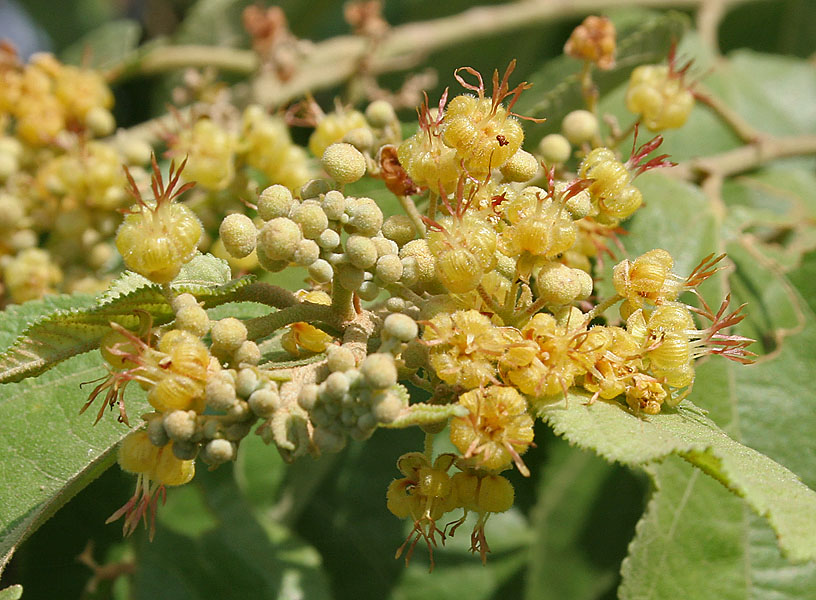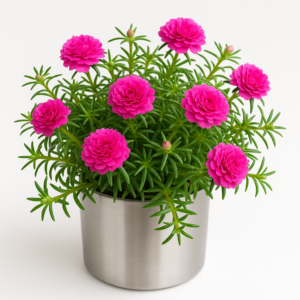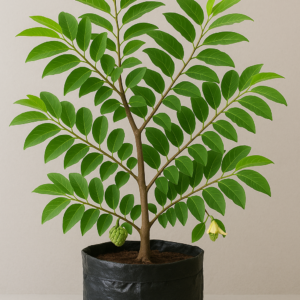Description
West Indian elm
Guazuma ulmifolia, commonly known as West Indian elm or bay cedar, is a medium sized tree normally found in pastures and disturbed forests. This flowering plant from the Malvaceae family grows up to 30m in height and 30–40 cm in diamete
Common name: West Indian elm
Color: Pale yellow
Bloom time: Seasonal bloomer
Height: 30.00 to 60.00 feet
Difficulty level: easy to grow
Planting & Care
It is native to tropical areas in the Caribbean, Mexico, Central America and South America. Oblique, acuminate, hairy, ovate to lance-shaped leaves (2-4″ long) are scabrous above and velvety below.
Leaves are evergreen, except some leaf drop normally occurs in climates with dry seasons. Tiny, mildly fragrant, pale yellow flowers (to 1/4″ diameter) appear in many-flowered, axillary or terminal cymes.
Sunlight: Full Sun to Partial Shade
Soil: well-drained soil
Water: medium
Temprature: 24 deg.
Fertilizer: Apply any organic fertilizer
Care:
- Flowers are followed by blackish, warty, rounded to oblong fruit capsules (each to 1 1/2″ long) which resemble mulberries.
- Fruits contain a very small amount of edible pulp.
Special Feature:
Shade tree for landscapes. In native habitats, practical uses include (1) wood is used for a variety of purposes including posts, crates, construction, and carpentry, (2) foliage is a fodder source for livestock, (3) medicinal applications for treatment of a wide variety of medical impairments and (4) seeds are edible.
Use
Medicinal use:
- A beverage of crushed seeds soaked in water is used to treat diarrhea, dysentery, colds, coughs, contusions, and venereal disease.
- It is also used as a diuretic and astringent.
Culinary use:
- leaves
Ornamental use:
- The plant is used for ornamental purpose.
Note:
for medicinal use, please consult appropriate doctor before use.
Delivery: With in one day
Any questions, feel free contact us:







Reviews
There are no reviews yet.